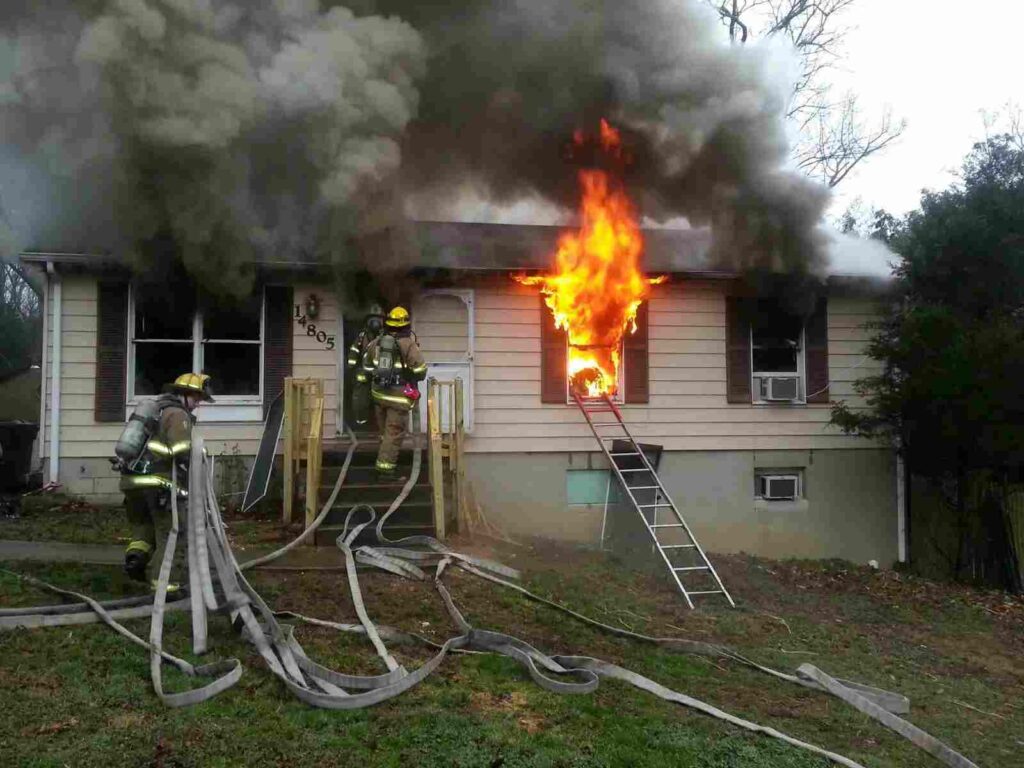A house fire can be one of the most devastating events a homeowner can experience. After the flames are extinguished and the restoration team has done their part, the question remains: Is your home truly safe? If you’ve recently gone through fire damage restoration in Plano, TX, it’s crucial to take several steps to ensure your home is not only structurally sound but also healthy and secure for your family.
In this article, we’ll cover the most important steps you should take to ensure your home is safe after fire damage restoration in Plano, TX.
1. Hire a Certified Fire Damage Restoration Company
Your journey to a safe home starts with hiring a professional, certified fire damage restoration company in Plano, TX. Certified technicians follow industry standards set by organizations like the Institute of Inspection, Cleaning and Restoration Certification (IICRC). They have the tools, training, and experience to handle all aspects of fire damage—from soot removal to air purification and structural drying.
When choosing a restoration company, make sure they are:
-
Licensed and insured in Texas
-
IICRC-certified
-
Experienced with fire damage restoration in residential properties
-
Offering 24/7 emergency services
-
Able to assist with insurance claims
Hiring the right professionals is your first and most crucial safety measure.
2. Conduct a Thorough Structural Inspection
Even after visible repairs are made, fire can compromise your home’s structure in hidden ways. Ask your restoration company or a licensed structural engineer to inspect:
-
Load-bearing walls
-
Roof trusses and joists
-
Foundation and basement
-
Chimneys and fireplaces
Fire and heat can weaken wood, steel, and concrete. Smoke and soot can also cause long-term damage if not completely removed. A post-restoration inspection ensures no hidden dangers are lurking within the walls or ceiling.
3. Test for Air Quality and Contaminants
After a fire, harmful particles such as soot, smoke residue, and volatile organic compounds (VOCs) may remain in the air, even after cleaning. Breathing in these pollutants can pose serious health risks.
Have your indoor air quality tested by a professional. Make sure they:
-
Use HEPA air filtration equipment
-
Inspect HVAC ducts for smoke and soot residue
-
Replace air filters throughout the home
-
Recommend long-term purification systems if needed
Air purification should be a priority, especially if you have children, seniors, or family members with respiratory issues.
4. Check for Electrical and Plumbing Issues
Fire often damages wiring and plumbing systems. Even if the fire was confined to one part of your Plano, TX home, the heat and water used to extinguish the fire can affect other areas.
Have a licensed electrician and plumber:
-
Inspect wiring for melting, fraying, or short-circuit risks
-
Test outlets, switches, and breaker panels
-
Check pipes for leaks, corrosion, or water damage
-
Ensure all repairs meet Texas safety codes
Faulty wiring or hidden water damage can cause serious issues if left unaddressed.
5. Replace or Repair Smoke Detectors and Safety Equipment
After a fire, your smoke alarms may no longer be functional, and fire extinguishers may need replacing. Make your home fire-safe again by:
-
Replacing all smoke detectors (recommended every 10 years)
-
Installing carbon monoxide detectors
-
Checking and replacing fire extinguishers
-
Installing a fire escape ladder in multi-story homes
-
Creating a new fire escape plan for your family
It’s also a good idea to conduct monthly smoke alarm tests and semi-annual fire drills to ensure everyone is prepared.
6. Prevent Mold and Mildew Growth
Water damage from fire suppression efforts can create the perfect environment for mold growth if not properly dried. Mold can form within 24–48 hours of water exposure and pose health risks.
Ensure your restoration company:
-
Uses industrial-grade dehumidifiers
-
Performs moisture readings throughout the home
-
Inspects walls, floors, and insulation for mold
-
Removes any contaminated materials completely
Post-fire mold issues are common in Plano’s humid climate, so stay vigilant.
7. Keep Records of All Repairs and Reports
Maintain a file with all inspection reports, repair receipts, warranties, insurance documents, and certifications. This will help you:
-
Prove that your home meets safety standards
-
Simplify future insurance claims
-
Increase property value if you choose to sell your home
Having detailed documentation gives you peace of mind and supports transparency.
8. Schedule Ongoing Maintenance and Inspections
Finally, plan for long-term safety by scheduling routine checkups. Consider:
-
Annual HVAC and duct inspections
-
Seasonal roof and attic inspections
-
Regular pest and moisture checks
Keeping up with preventive maintenance will help avoid recurring problems and ensure your home remains safe for years to come.
Conclusion
Restoring your home after a fire in Plano, TX is a major undertaking—but safety doesn’t end when the contractors leave. To truly protect your family and investment, take a proactive approach by inspecting all structural elements, systems, and indoor air quality. Hire trusted professionals, ask for documentation, and invest in future maintenance.
By following these steps, you can ensure that your home is not just restored—it’s safe, secure, and ready to be lived in once again.



